Since 1892, Childhood Education International has been changing young children’s lives for the better, paying particular attention to the most vulnerable children living in challenging circumstances.
Timeline of Our History
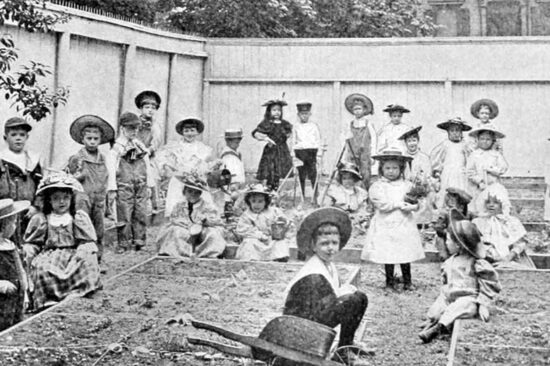
The International Kindergarten Union (IKU) is founded on the belief that young children have unique gifts and talents that should be nurtured in special places called “kindergartens.”

The IKU holds its first conference, where educators join together to discuss critical issues in education and child development.
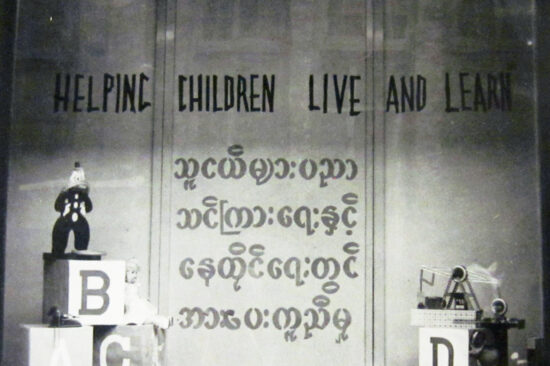
The IKU begins international teacher exchanges.

The IKU supports teachers and children impacted by war, hunger, and discrimination by sending supplies and toys to conflict zones during World War I.

The IKU begins publishing Childhood Education magazine.

The IKU engages with education and child development experts who travel worldwide to grow an understanding of the positive impact of education. These first “Education Diplomats” provide the grounding for today’s Education Diplomacy program.

The IKU participates in the first U.S. White House Conference on child health and protection to raise awareness and focus public attention on issues affecting children’s wellbeing.

The IKU and the U.S. National Primary Council join together and rename themselves the Association for Childhood Education (ACE). They focus on child development in the early years and strengthen their child advocacy efforts.
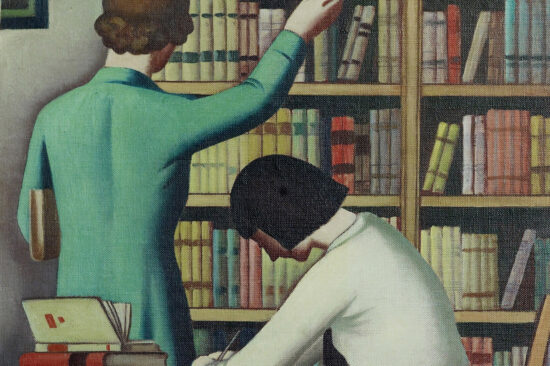
ACE is hired by the U.S. Works Progress Administration (WPA), a recovery program during the Great Depression, to publish materials for early childhood educators.

ACE sends books, learning materials, toys, and curriculum guides to educators and kindergartens in refugee camps for children displaced during World War II.

ACE resolves to emphasize education needs worldwide and reinserts “International” into its name, becoming the Association for Childhood Education International (ACEI).
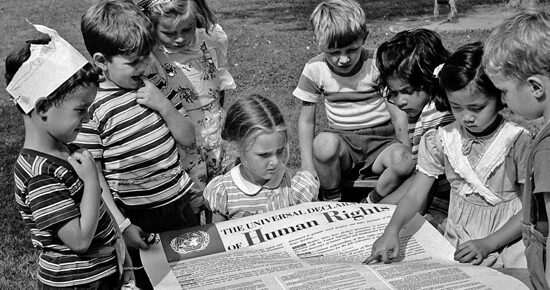
ACEI supports the adoption of the Universal Declaration of Human Rights, the first document to establish education as a right for all.

ACEI takes a stand against discrimination in the United States by denying the requests of three ACEI state associations to have racially segregated education associations.

ACEI updates its mission to emphasize the ideals of equal access to education and education as a right, focusing on the “optimal education, development, and wellbeing” of children.

ACEI works with embassies in Washington, DC, for an exchange of information about effective teaching practices.
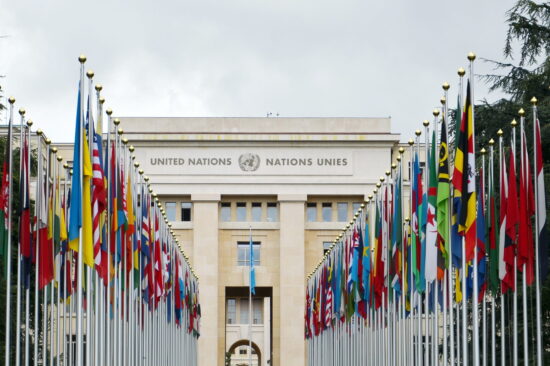
ACEI becomes a leading contributor on education issues to the United Nations and receives Consultative Status through the UN Economic and Social Council.

ACEI begins publishing the Journal of Research in Childhood Education, which features scholarly work from around the world.

ACEI supports the UN Convention on the Rights of the Child and tailors its programs and publications to raise awareness of child rights.

ACEI celebrates its 100th anniversary.

ACEI holds the first conference on global quality standards with representatives from over 90 education organizations and developed the very first set of Global Guidelines for Early Care and Education.

ACEI participates in the World Education Forum in Dakar, Senegal, where the Dakar Framework for Action is created.

ACEI develops the concept of Education Diplomacy to advance global concerns about education and holds the first Institute for Education Diplomacy.

ACEI holds the first Global Summit on Childhood to examine issues of child growth, development, education, and learning in a rapidly changing 21st century.

ACEI launches our Country Lead Network, engaging education representatives in more than 50 countries.

ACEI emphasizes the important role of innovation in advancing and transforming education by adopting a new mission “to promote innovative solutions to education challenges.”

ACEI publishes the International Principles of Practice in Education, which describes the enormous contribution of educators to human development and societal progress.

ACEI changes its name to Childhood Education International and is accepted as an NGO in official partnership with UNESCO.
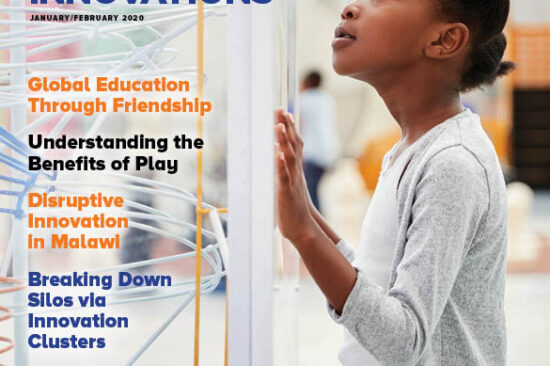
Reaching educators in 184 nations around the world, Childhood Education Innovations explores new ideas and insights that advance education.

CE International refines the WILL Framework and expands service opportunities to peer organizations and individuals.

The Center for Professional Learning (formerly the Center for Learning in Practice) joins Childhood Education International and becomes a flagship center.

CE International launches the Center for Business Champions, focusing on supporting partnerships between business and child development leaders, and celebrates the 100th anniversary of Childhood Education Innovations.
